Design of a modern office
The office is the face of the company. Clients and partners should understand that they have come to a solid, reliable company, where the interior reflects the corporate spirit: natural materials will emphasize conservatism and stability in work, and light structures using glass, accents and unusual colors in the office interior, on the contrary, will demonstrate the firm’s desire for a new approach to solving old issues. In addition, a well-thought-out interior of the workplace will have a positive effect on the mood of employees.
The design of a modern office can be divided into two concepts: the classic “closed and open Open Space. The classical concept, the so-called cabinet -corridor system, represents long corridors, private offices, there is a safe in the office of the head, and various “departments”. The Open Space concept represents the idea of a democratic office. Such an office is organized in a large area, not separated by walls. Functional zones are created here, stationary office partitions or mobile ones are used. The office organized in this way, from the point of view of management, is more in line with the current forms of management. It allows you to apply new methods of internal communication and coordination. In addition, the absence of corridors and doors significantly saves office space.
There is another option – mixed, which combines elements of open and classic offices.
Office space design styles
The basis of the Manhattan style is an open space, which consists of exterior walls. Small separate rooms are reserved only for negotiations, recreation, and the work of senior managers. The Manhattan-style office space has everything to speed up the workflow, make it more efficient and comfortable. This style is dynamic and cool, the abundance of chrome-plated metal and glass catches the eye. Glass visually expands the space, on the one hand, and psychologically unites employees into a single whole, on the other. The American style is representative. When finishing the premises, elite materials are used. The Manhattan-style office is furnished with expensive, but very functional modern furniture, equipped with high-quality appliances. As a rule, executive offices are located on a separate floor of the building.
The European style of the office is usually less monotonous than the American one.
The pan-European style of office decoration can be divided into several subspecies, which mainly differ in the principle of furniture selection.
The German office reflects the order of details, ergonomics and functionality of furniture. Practicality softens the presence of a large number of colors in such an office. These are both images in the decor and fresh flowers on the windowsills.
The English office is distinguished by elegance and rigor. Furniture in such an office is made of the best wood, paintings, antiques, carpets, expensive office supplies, vases, books.
The French office is characterized by lightness, brightness. It contains openwork metal details, bright upholstery, paintings and mirrors in gilded frames.
Scandinavian style is naturalness and simplicity. It contains a minimum of decor. Workplaces are clearly organized, beige and light gray tones prevail in the design of walls and furniture. A Scandinavian-style office helps to focus attention on the process and creates a positive atmosphere.
The Italian style provides many options for redevelopment. It allows you to improve the interior. The Italian style provides isolated rooms along with open spaces. This style is distinguished by elegance, grace, quality of all components of the interior. The Italian office is characterized by a warm color palette, ranging from light beige walls to dark brown furniture.
The Japanese approach to the design of the office stands apart. He is characterized by restraint, discipline. The Japanese office is based on harmony, logic, simplicity. Light colors prevail: milky, beige, white. Natural cotton and silk are used for decoration.
An important role in choosing the style of the office is played by orientation to the profile activity of the company.
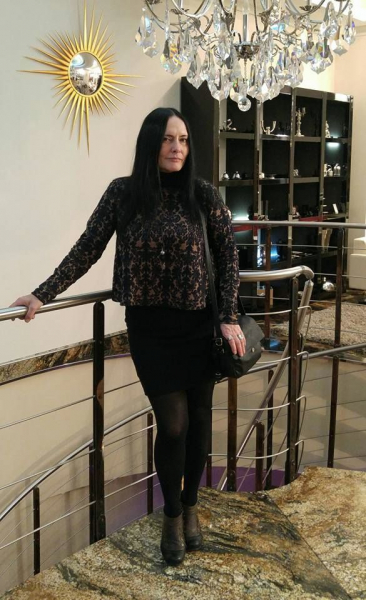
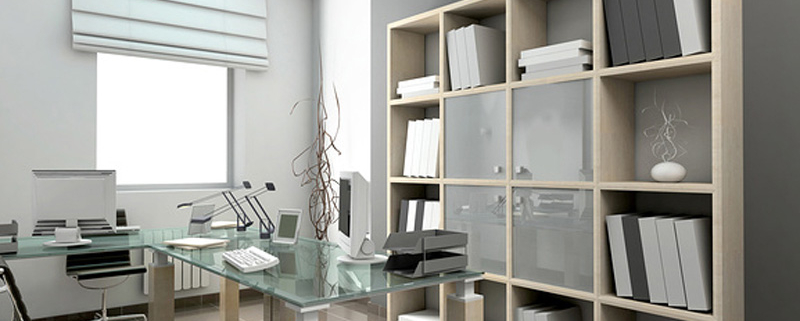
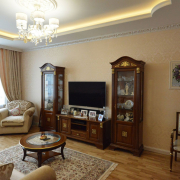
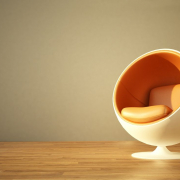
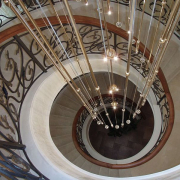

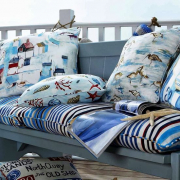
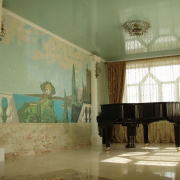

Leave a Reply
Want to join the discussion?Feel free to contribute!